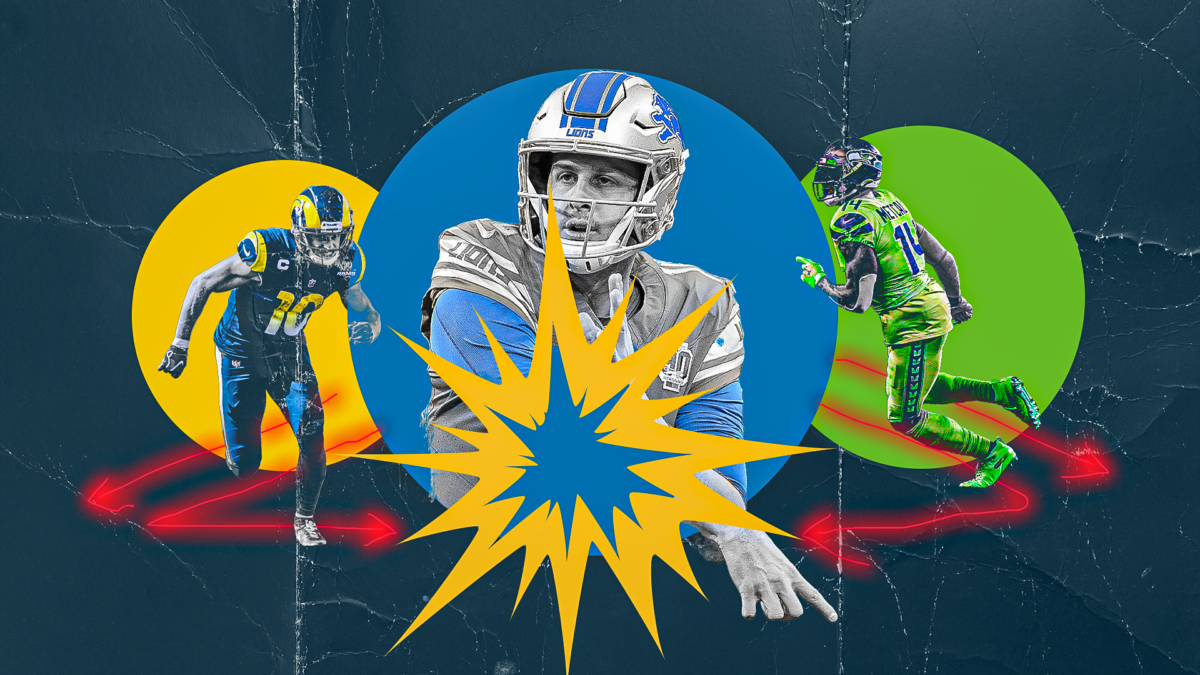Covering an NFL wide receiver isn’t the most enviable job. Defensive backs are tasked with tracking some of America’s fastest athletes, and every head fake, every stutter step, every foot plant is designed to throw them off the receivers’ scents and create space for a big gain.
Now imagine doing all that with a 6-foot-3, 230-pound ball of muscle and anger running straight at you.
That’s exactly the challenge New England Patriots defensive back Jalen Mills faced in a Week 7 showdown with the Buffalo Bills. He was designated to trail tight end Dawson Knox, who split wide toward the sideline. Knox took three steps, shook his hips and turned inside with his eyes on the goal line. Mills moved up to challenge him, hoping to take away his inside leverage in a crucial red zone snap.
Then, just as he lurched forward to make his move: Bam!
Running back Latavius Murray, running his own corner route, sliced through Mills’ peripheral vision with a jarring hit. Knox ran free, catching an easy completion in the most compressed part of the field and gliding into the end zone for what would have been six points, if not for a reasonable offensive pass interference penalty flag — one that doesn’t always get called.
gotta make the rub route a little less obvious, but solid effort nonetheless pic.twitter.com/nCsfqfDcPm
— Christian D'Andrea (@TrainIsland) October 22, 2023
That’s the beauty of the mesh concept; it’s timeless in offenses, ranging from the run-heavy early NFL to pass-heavy, air-it-out era in which we’re currently thriving. Simple in its execution and perpetually difficult to stop. It creates space for vital gains while breeding confusion near the line of scrimmage.
The forward pass became a staple of gridiron football in 1906. Mesh wasn’t far behind; the lure of mashing two defenders into each other proved too tempting for even the simplest coaches to pass up.
The mesh concept is easy enough to help inexperienced quarterbacks thrive playing freshman football. It’s difficult enough to stop that you’ll see All-Pros execute it in prime time until the death of the universe.
And while the mesh concept has been around almost as long as the game itself, it’s drawn extra scrutiny in recent years. A rising tide of analysis — ranging from reporters with greater access to game film to announcer booths stocked with former players eager to call it out — has helped make a mainstay route more visible than ever before.
But what is mesh? Why do teams continue to rely on a call basic enough to come from Baby’s First Playbook?
The concept is simple, really.
